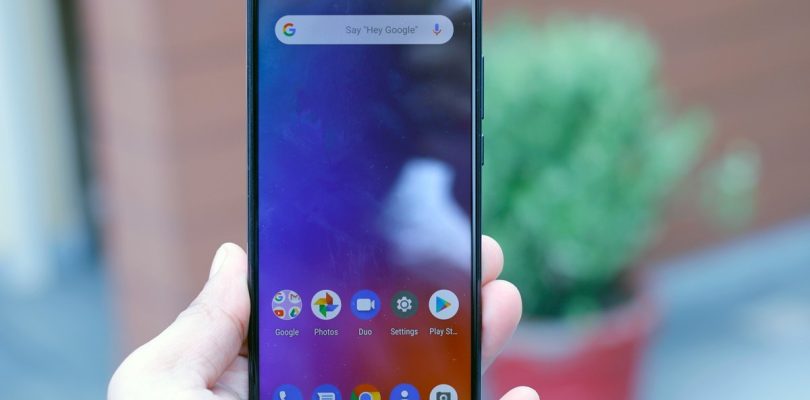Lenovo K10 Note First Impressions and Review.
To say that Xiaomi, Realme, and Samsung dominate the mid-range smartphone market would be an understatement. With everyone clamouring for a piece of the cake, every smartphone brand must bring their game A. Lenovo has been deceptively quiet for a while, but with the launch of the K10 Note, it looks like the brand might be ready to take a stand. More aggressive.
Can the Lenovo K10 Note meet the high standards set by competitors? We spent a few days on the phone to find out.
Design matters
Gradients may be the season’s flavour, but Lenovo is playing it safe with the K10 Note. A stoic and straightforward black finish is what you get on the device, and I can’t fault the understated look. What I’m afraid I have to disagree with is the quality of the materials.
See, plastic isn’t necessarily bad. Realme pulls it off in a pretty sensational way, but the plastic back of the Lenovo K10 Note falls short of premium. It is almost impossible to keep it smudge and fingerprint-free.
On the other hand, the ergonomics are pretty solid, with the fit and finish being particularly good. The volume rocker and the power button on the right side have an excellent response and enough information. Along the bottom edge is a USB-C port, as well as a headphone jack. The speaker sounds loud enough, but it does sound quite tinny. The phone loses features like an in-display fingerprint sensor, but the rear-mounted sensor is fast enough and does the job just fine.
The design is a bit boring, the quality of the plastics used is not impressive.The front of the Lenovo K10 Note shows restraint and does not push the design limits. It’s a proven design with a waterdrop notch with moderate bezels throughout. The 6.38-inch screen takes up most of the front of the phone. I noticed that the default colour setting is too relaxed, but it is straightforward to switch to a more neutral option in the settings menu. Lenovo was not clear if the phone had Gorilla Glass or a similar protective glass on the front.
software
Lenovo K10 Note
Lenovo’s version of Android Pie is an exciting mix of a stock-like look with additions on top. Generally speaking, the interface is quite similar to that of Android. Swiping left reveals a Google Assistant panel, and the iconography has stayed close to stock.
What I don’t like is the number of preloaded apps. There are a ton of pre-installed Lenovo games and apps that take away the clean look. However, most of these are easy to get rid of.
Satisfactory performance
The Snapdragon 710 chipset defines the entire mid-range segment right now. From the Realme 3 Pro to the Nokia 8.1, dozens of phones use the 710 and its slightly more powerful Snapdragon 712 variant. The Lenovo K10 Note performs on par with the competition, and everyday use is as smooth as possible.
Performance is satisfactory without noticeable hiccups.
I would say that wearing lighter skin has had an impact on the speed of the phone. Animations and transitions are fast and never get in the way. I didn’t notice any hiccups while multitasking or jumping between games. Speaking of fun, the phone works like PUBG very well. With the graphics set high to boot.
Camera
The Lenovo K10 Note leads the way to camera hardware, but the software is essential. Quick tests suggest that Lenovo has done a pretty decent job of adjusting the camera. The images show natural-looking colours, and the dynamic range is not that bad, but the low-level details are a bit unpredictable. This is further exacerbated in low light, where the camera starts to fall apart. Night mode is not very effective either. The pixel-split output of the Realme 5 Pro and Redmi Note 7 Pro produces better low-light shots, and that’s without making use of their respective dedicated night modes. Getting a sharp, focused shot with the 2x telephoto zoom was also doubtful.
Is the Lenovo K10 Note worth buying?
The Lenovo K10 Note enters an increasingly crowded market, and a good enough option is no longer enough. Priced at $ 200 for the 4GB RAM, 64GB storage option, and up to $ 222 for the 6GB RAM and 128GB storage variant, the K10 Note takes on the Redmi Note 7 Pro and Realme 5 Pro. Both devices include top camera sensors. It’s 48MP and possibly a better build quality.
The Lenovo K10 Note is a top-tier effort, but it doesn’t bring anything new to the table. There is nothing particularly wrong with the device, but I recommend that you take a closer look at what the competition has to offer.




